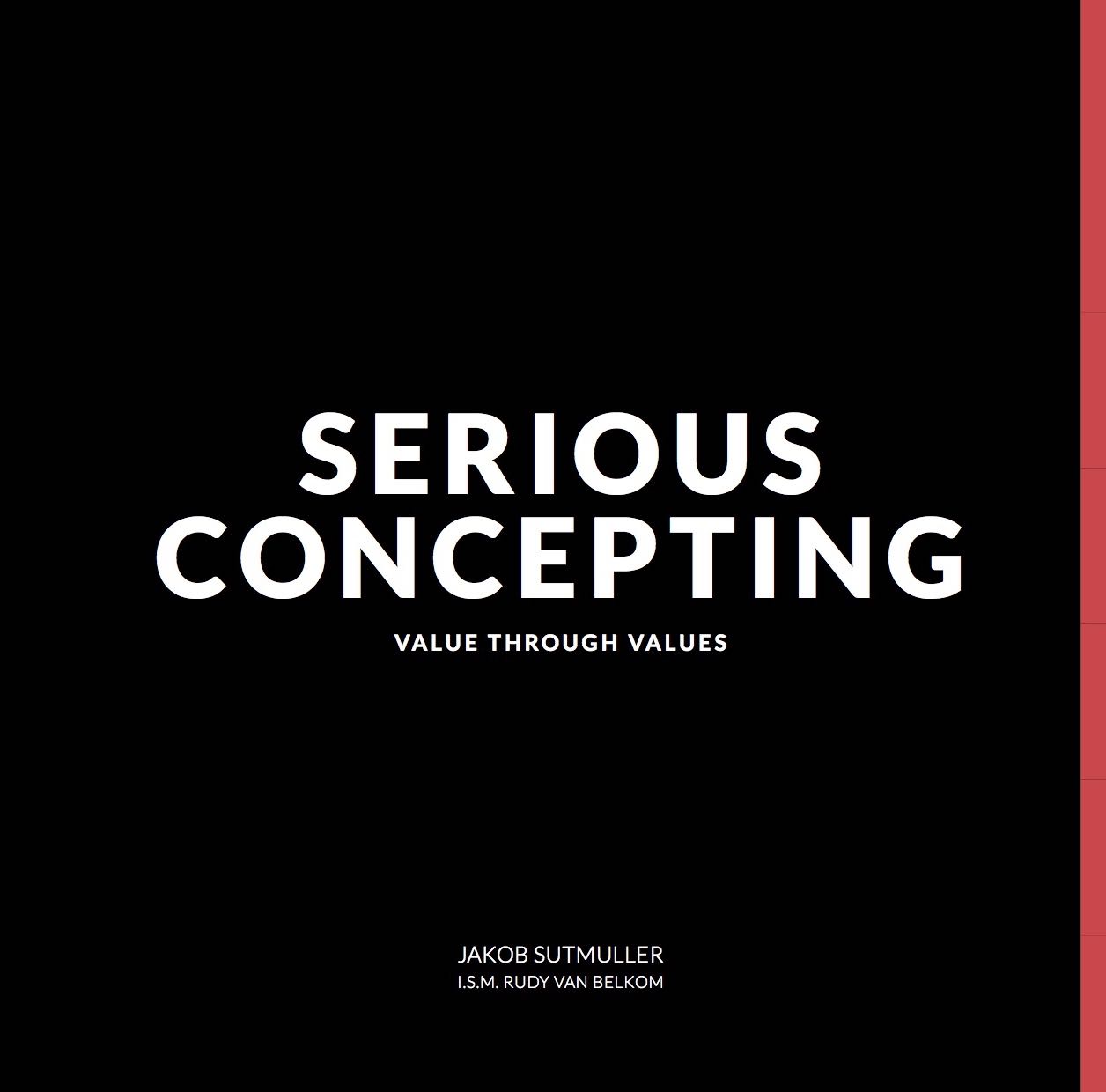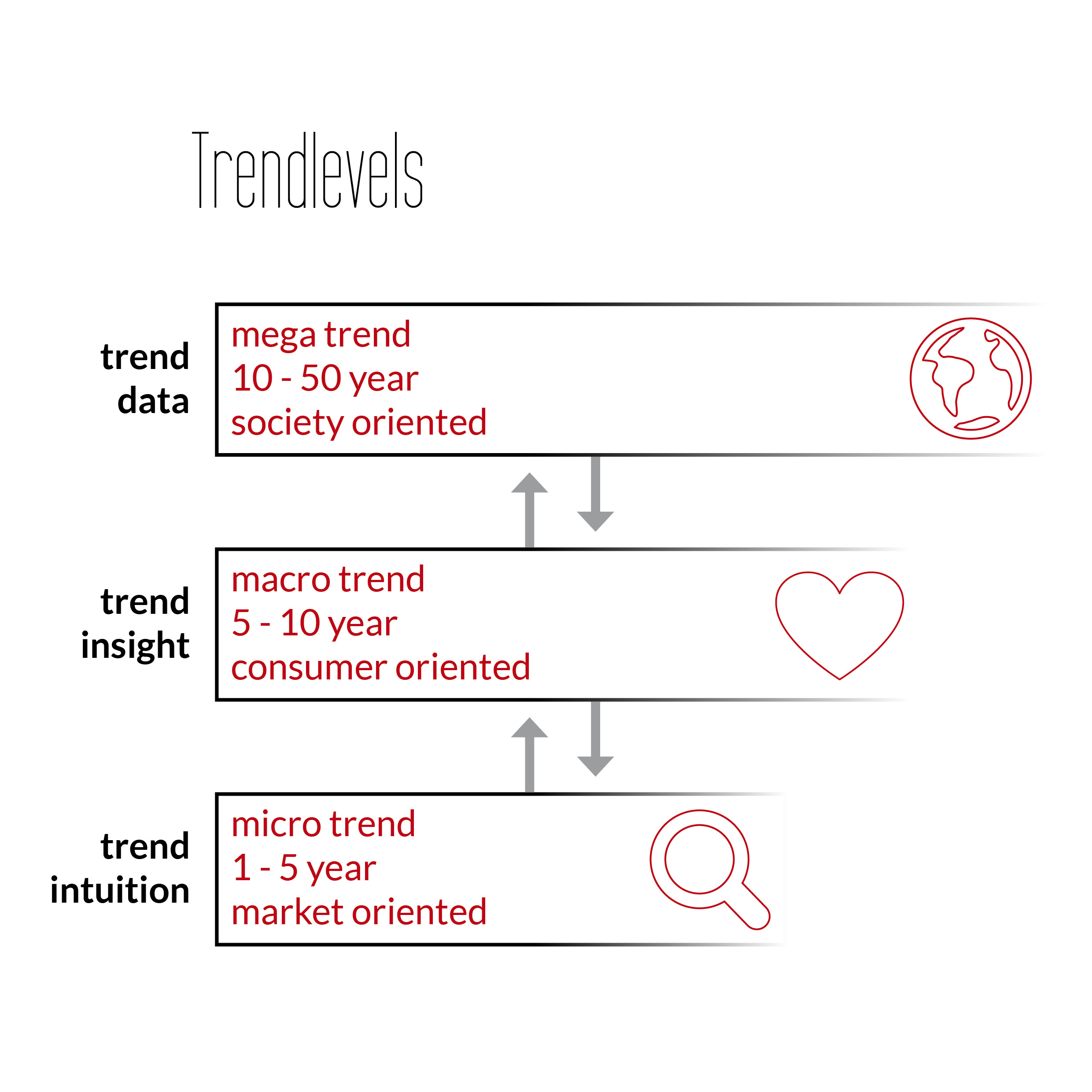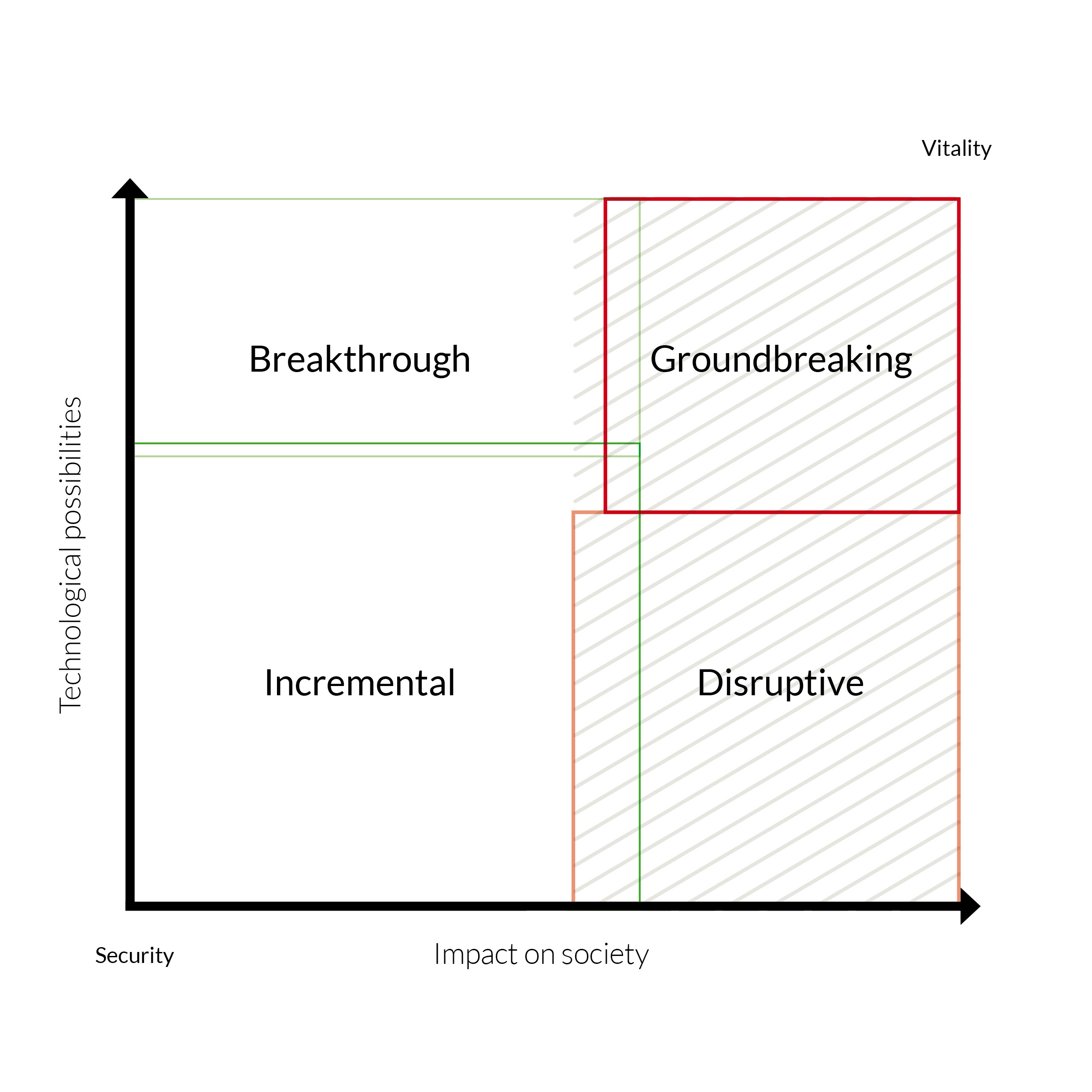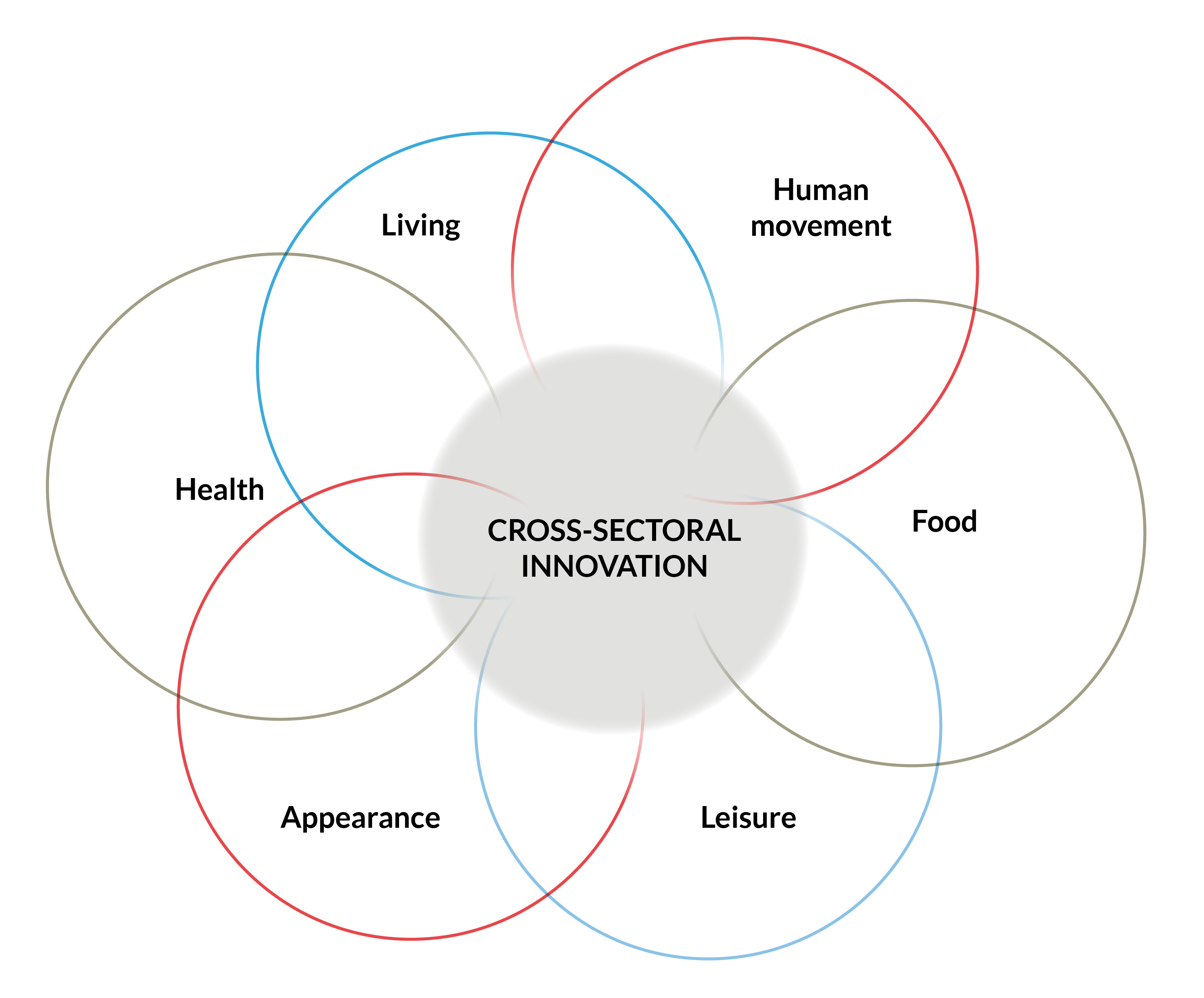SERIOUS CONCEPTING

In 2014 Serious Concepting was launched in book-format by Jakob Sutmuller in coproduction with Rudy van Belkom.
This web environment is the follow-up of the book to reach out to a broader audience.
The ambition is to create a portal that informs and inspires on the subject of developing concepts.
Serious Concepting is based on four principles:
- Trends
- Innovation
- Lifestyle
- Cross-sectorality


.jpg)
